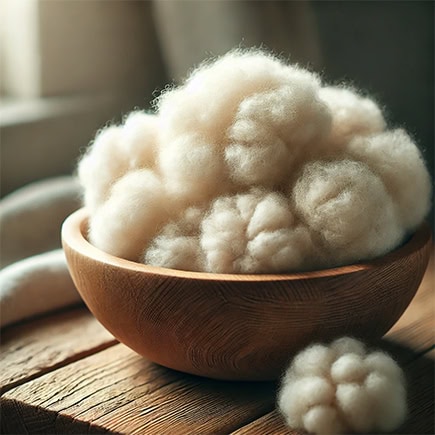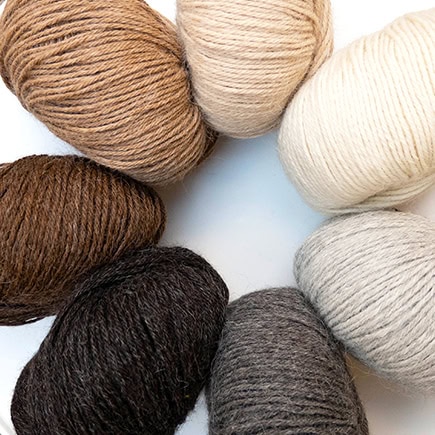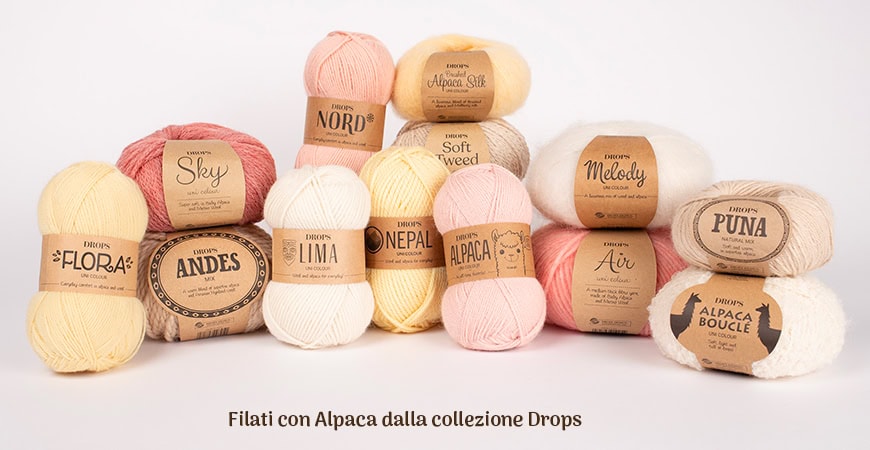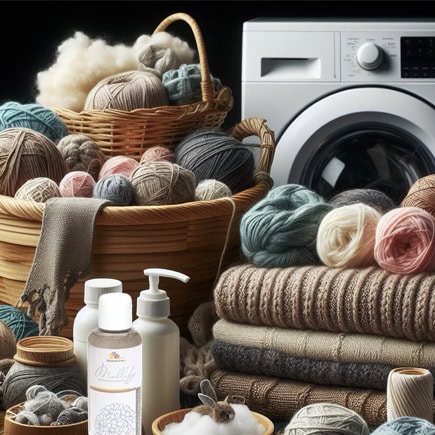Leave a Comment
Leave a Reply
Alpaca, the "fleece of the Gods"
Today we want to dedicate an in-depth space to Alpaca knitting or crochet yarns.
There are many natural and non-natural fibers that make up knitting yarns today and there are also many combinations between these fibers to create different types of yarn, which are well suited to the different purposes for which the yarns will be used.
To give some very banal examples, it is obvious that different yarns must be used if you want to make socks, rather than a blanket or a bag.
Knitting or crocheting a wonderful and highly prized fiber such as Alpaca wool offers unique qualitative characteristics.

Also called "fleece of the Gods" or "gold of the Andes", this precious wool is one of the finest and most delicate natural fibers in the world.
Starting from the ways in which the yarn is obtained, the alpaca fiber comes from the hair of the animal of the same name from the camelid family originating from the Peruvian Andes.
The alpaca has a fleece made of very warm and soft wool and hand spinning is the oldest and most traditional method for transforming alpaca fiber into yarn.
Alpaca is a fiber that can be spun directly from the fleece, without the need for preparations, as it is practically free of lanolin, and we will see how important this property is.

Why prefer Alpaca yarns?
- Warmth and softness: Alpacas produce an incredibly soft fibre, softer and seven times warmer than traditional sheep's wool.
- The absence of lanolin makes the yarn less irritating than traditional wool. Alpaca clothing is hypoallergenic and can be worn directly next to the skin
- Thermal Insulation: Despite its light weight, alpaca fiber has excellent thermal insulation, keeping the wearer warm during the colder months. This makes it an excellent choice for winter scarves, hats, gloves and sweaters.
- Strength and durability: Alpaca yarns are known for their strength and durability. They are less prone to pilling than other fibres, which means that garments made from alpaca yarn tend to maintain their beauty and integrity over time.
- Lightness: despite its ability to insulate from the cold, alpaca yarn is surprisingly light. This makes it comfortable and pleasant to wear
- Moisture wicking: Alpacas are animals native to the Andes, where temperature variations can be extreme. As a result, their fiber is naturally moisture resistant, breathable and can absorb up to 30% of its weight without feeling damp to the touch
- Natural color range: Alpacas are bred in a range of natural colors, ranging from pure white to black and shades of brown. This allows you to obtain yarns without the need for artificial dyes, respecting the environment and maintaining natural beauty.
Alpaca clothing is for everyone: men, women and children
The yarn is suitable for the creation of scarves and shawls, sweaters, knitted sweaters, jackets, coats, but also ponchos, trousers, skirts, shirts, dresses and even bags.
Cushions or very warm throws are also highly appreciated.
The variety of stitches and models to draw on is infinite and in this space we will provide you with precious links

Once you have ascertained all the qualities of Alpaca yarns, all that remains is to have fun with the various yarns available and understand which are the best type of garment to make and the relevant model.
Before inviting you to view all our alpaca yarns, we would also like to give you some indications for the preservation of alpaca wool garments over time, starting from washing.
It is generally possible to wash this type of garment also in the washing machine, at a very low temperature, with the wash cycle for wool, and above all by choosing a delicate and suitable detergent, which protects against felting and maintains the brightness of the colours.
We remind you that the washing instructions are specified on our product sheets for the individual yarns, as well as on the bands of the individual balls.
Never use fabric softener.
We also refer you to our dedicated page

After washing, simply let the clothes dry in natural air until they have regained softness and shine.
The peculiarity of this fine wool is the fact that it does not require ironing, so that once washed the garments are ready to be worn.
Finally, airing rooms and wardrobes regularly is a simple and valid method for keeping away any moths.
Now all that remains is to choose the yarn... for the patterns here is a very precious link
Please sign in first.
Sign inCreate a free account to use wishlists.
Sign in